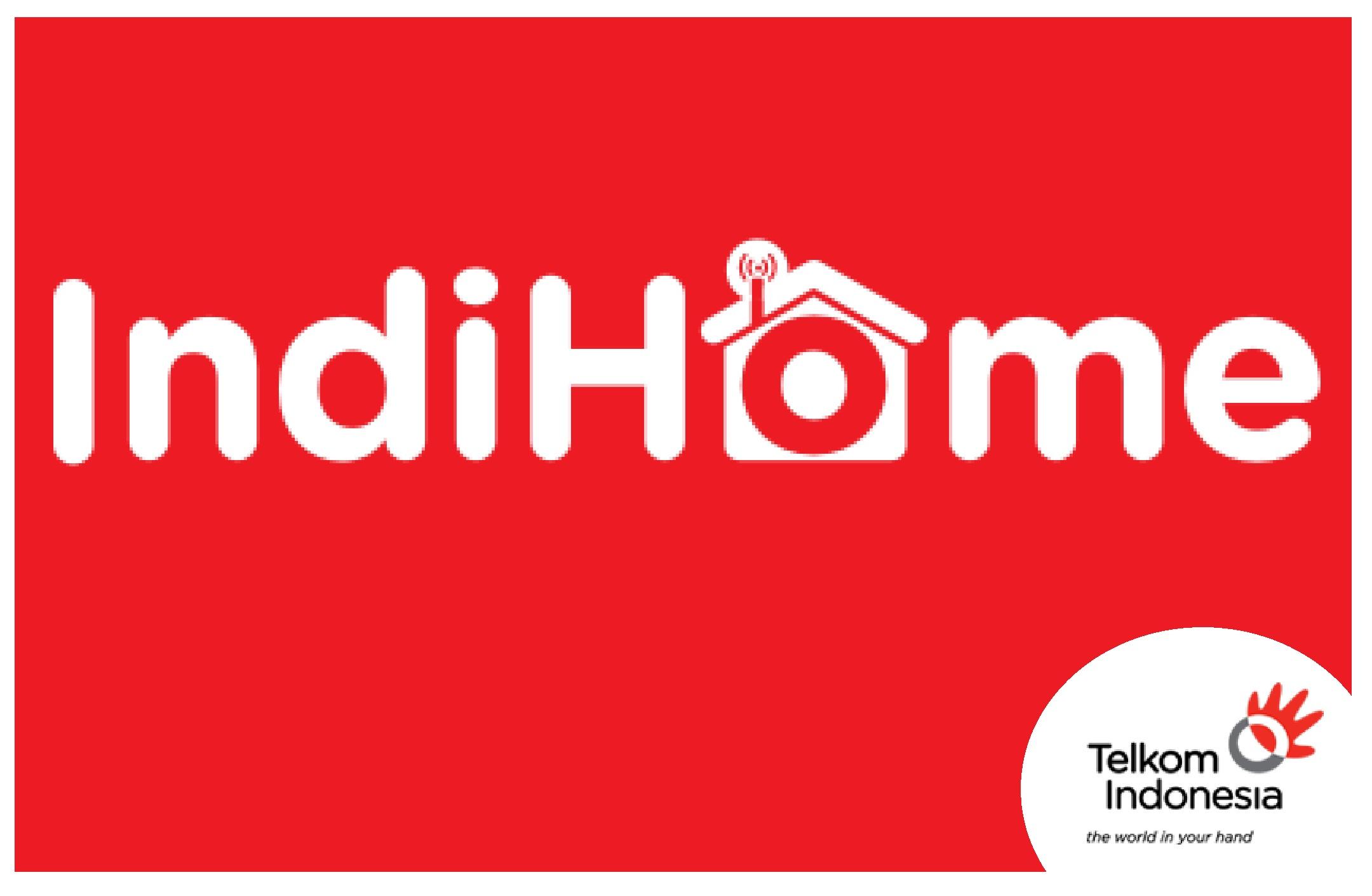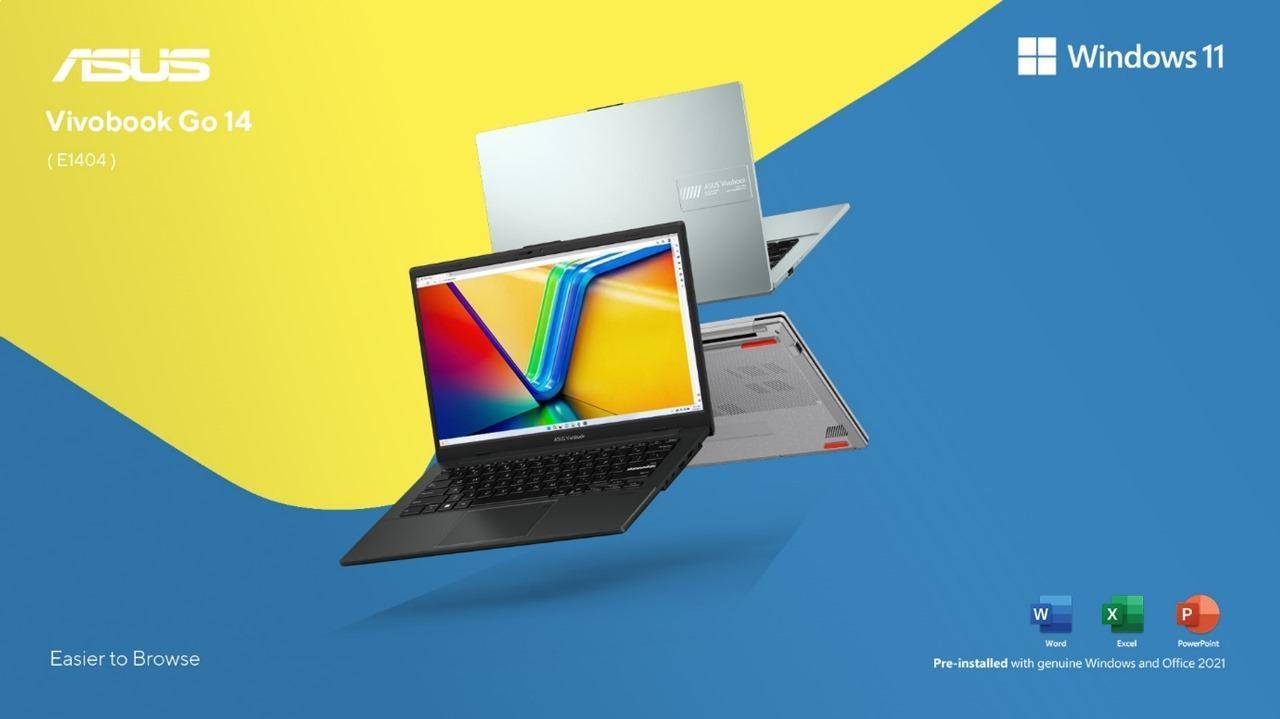
Memanfaatkan MP3Juice: Mengonversi YouTube ke MP3 dengan Mudah
Pada jaman ini, musik telah menjadi bagian tak terpisahkan dari kehidupan sehari-hari. Dari lagu-lagu..
Baca selengkapnya
Curved Treadmill, tanpa listrik membakar kalori lebih besar
Menjaga kesehatan dengan olah raga lari menjadi satu kegiatan yang banyak sekali di lakukan oleh masyarakat..
Baca selengkapnya
Membongkar Fakta dan Mitos Tentang Lasik Mata
Apa itu lasik mata? Mungkin pertanyaan ini sering muncul di benak Anda ketika mendengar istilah "lasik"...
Baca selengkapnya
Cara Cek Engagement Rate Instagram Gratis Untuk KOL Dan Influencer
Selamat datang, KOL dan Influencer yang luar biasa! Apakah Anda pernah bertanya-tanya bagaimana cara..
Baca selengkapnya
Sales Marketing IndiHome Jakarta Timur Agar Daftar Pasang Paket Promo IndiHome Jaktim Lebih Cepat
Mengoptimalkan Penggunaan Sales Marketing IndiHome Jakarta Timur Agar Daftar Pasang Paket Promo..
Baca selengkapnya
Rahasia Sukses Bagaimana Mendapatkan Followers Instagram Banyak!
Membangun kehadiran online yang kuat di Instagram bisa menjadi misi yang cukup menantang. Angka followers..
Baca selengkapnya
Menciptakan Bisnis Sukses di Era Digital
Selamat datang dalam era digital, era di mana teknologi menjadi pusat keberhasilan dalam setiap aspek..
Baca selengkapnya
Mengantisipasi Dampak Negatif Bekerja Lama Didepan Laptop
ita semua tahu bahwa teknologi merupakan bagian tak terpisahkan dari kehidupan sehari-hari. Khususnya..
Baca selengkapnya
5 Keunggulan ASUS Vivobook Go 14 Mendukung Aktivitas Pelajar
Dunia pendidikan masa kini semakin akrab dengan teknologi canggih. Penggunaan laptop sebagai perangkat..
Baca selengkapnya